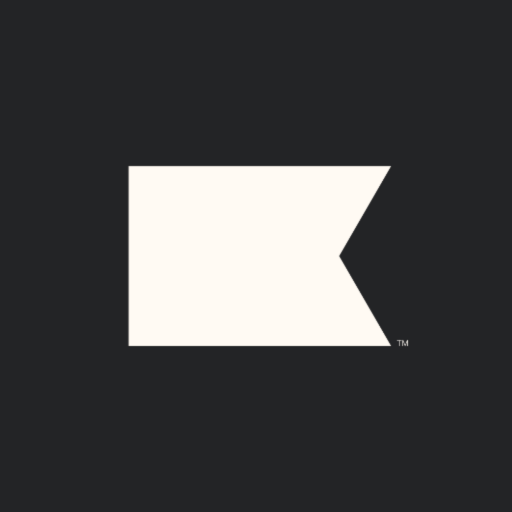On Launching A Direct To Consumer Mobile And Lifestyle Accessory Brand
Hello! Who are you and what business did you start?
Hi Guys! My name is Mark Mesrobian, and I’m the Executive Vice President of Complete Sourcing Solutions (CSS), a 20-year-old “start-up”. I became a serial entrepreneur after being fired from a corporate job over twenty years ago. Turns out it was the best thing that could have happened to me.
As the name suggests, CSS started by importing products from Asia for other companies. We’ve been involved in jewelry, home goods, and cut-and-sew before specializing in electronics.
Our B2B site sells to retailers like Nordstrom, Dillards, Lord & Taylor, Best Buy, CVS, and others, but our real passion is our B2C business.
About 10 years ago, we started creating our own brands. Our flagship is Fifth & Ninth, a direct to consumer mobile and lifestyle accessory site. The name is a nod to Fifth Avenue and Ninth Avenue, the unofficial boundaries to the Fashion District in New York City.
Pre-COVID-19, we were focused on building Fifth & Ninth into a destination for trendy and unique mobile and lifestyle accessories from trendy phone cases to sunglasses to blue light blocking glasses. We invested an enormous amount of...

Download the report and join our email newsletter packed with business ideas and money-making opportunities, backed by real-life case studies.

Download the report and join our email newsletter packed with business ideas and money-making opportunities, backed by real-life case studies.

Download the report and join our email newsletter packed with business ideas and money-making opportunities, backed by real-life case studies.

Download the report and join our email newsletter packed with business ideas and money-making opportunities, backed by real-life case studies.

Download the report and join our email newsletter packed with business ideas and money-making opportunities, backed by real-life case studies.

Download the report and join our email newsletter packed with business ideas and money-making opportunities, backed by real-life case studies.

Download the report and join our email newsletter packed with business ideas and money-making opportunities, backed by real-life case studies.

Download the report and join our email newsletter packed with business ideas and money-making opportunities, backed by real-life case studies.













